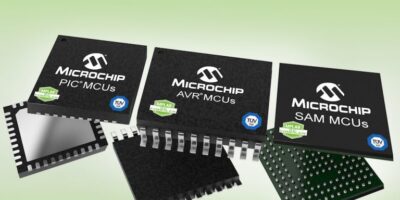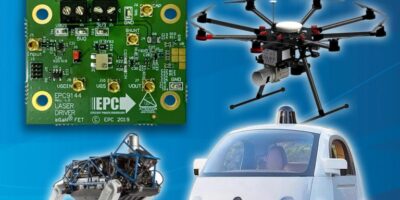A suite of safety certifiable compute libraries supported on CoreAVI’s Vulkan compute and graphics platform include a safety critical framework and a suite of algorithms and libraries. ComputeCore is claimed to be the industry’s first safety certifiable platform to enable high performance accelerated compute and autonomous systems.
ComputeCore facilitates a path to safety certification from non-safety critical OpenCL or CUDA applications by providing pre-written algorithms that can be used immediately, saving time and money on algorithm design.
Designed from the ground-up for safety certification, ComputeCore is offered by CoreAVI in conjunction with CoreAVI’s VkCore SC safety critical graphics and compute driver. It supports a number of compute functions such as FFT computations, matrix manipulation (including matrix multiplication, transpose and inverse), optical flow analysis, and image filtering in the spatial domain including edge detections, blurring, standard deviation filtering, and noise removal.
A building block approach makes it easily expandable to meet a wide range of compute algorithms, notes CoreAVI. The ComputeCore framework and suite of libraries is automotive ISO 26262-certifiable to ASIL D, and avionics RTCA DO-178C/EASA ED-12C-certifiable to DAL A.
ComputeCore suits a range of machine learning and autonomous applications such as neural network inferencing, augmented vision systems, signal processing, detection and analysis, image processing, and encryption. CoreAVI offers services to facilitate the migration of existing CPU/FPGA/OpenCL/CUDA compute functions or algorithms to safety critical Vulkan to realise its performance gain benefits and scalable capabilities, adds CoreAVI.
Core Avionics & Industrial (CoreAVI) is a pioneer in the military and aerospace sector, providing software and hardware IP that enable safety critical applications. CoreAVI’s real-time and safety critical graphics, compute, and video drivers, “program ready” embedded graphics processors, and DO-254/ED-80 certifiable COTS hardware IP enable the design and implementation of complete safety critical embedded solutions for aerospace, automotive, and industrial applications that achieve the highest levels of safety certification with long-term support.
CoreAVI’s solutions are deployed in commercial and military avionics systems and support rapidly emerging compute applications in the automotive, unmanned vehicle, and IoT markets.







